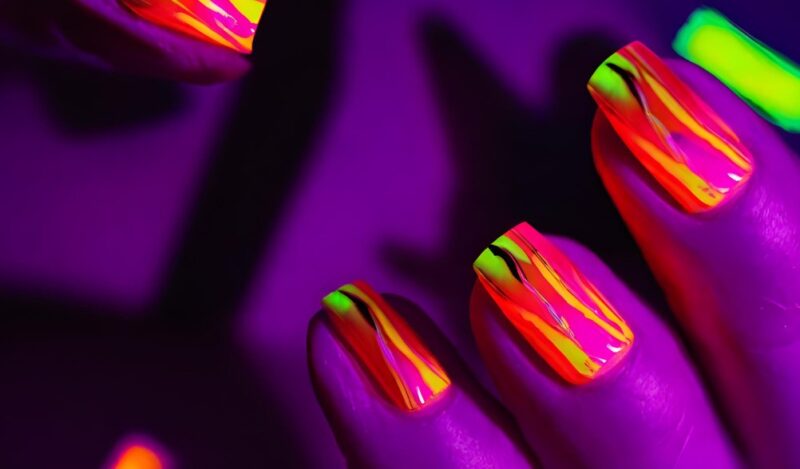Solar nails, a term that often creates a bit of confusion, are essentially a type of acrylic nails. Contrary to what the name might imply, they have nothing to do with solar energy or sun-related technology. The name ‘Solar Nail’ is actually a brand name for a type of acrylic nails made by Creative Nail Design (CND).
Over time, however, it has become a more generic term used to describe a particular look or style of acrylic nail. They are widely recognized for their durability, glossy finish, and the ability to maintain their luster without yellowing over time.
The Composition & Application
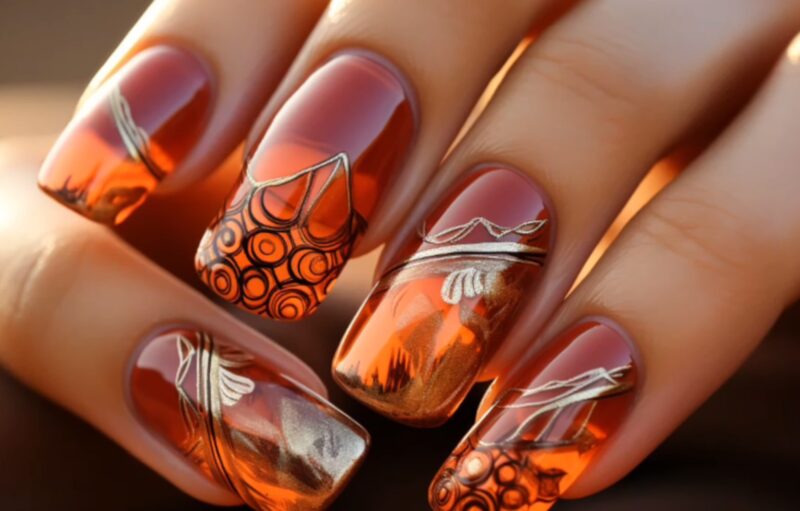
Solar nails are composed of a mixture of polymethyl methacrylate acrylics. This includes a liquid monomer and a powder polymer that, when mixed, form a malleable bead. This bead is then shaped onto the nails and hardened to create a durable, elongated nail surface.
The application process of solar nails is quite intricate and usually performed by experienced nail technicians. It involves preparing the natural nails, applying the acrylic, shaping the nails, and often finishing with a white tip to create a French manicure look, which is a popular style for solar nails.
The Distinction
While solar nails are a type of acrylic, they have certain characteristics that set them apart from the standard acrylic nails. One of the most notable differences is their refilling process. Unlike traditional acrylics that require frequent refills as they grow out, solar nails can be filled in every three weeks instead of the typical two.
They are also known for their enhanced durability and a glossier finish. Additionally, solar nails are less likely to chip or fade, making them a preferred choice for many individuals seeking a long-lasting manicure.
The Benefits
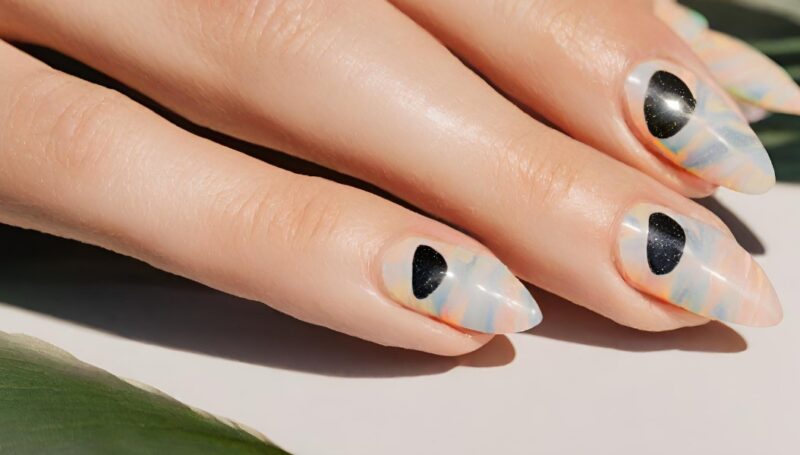
One of the primary benefits of solar nails is their longevity and durability. They are a great option for those looking to maintain a manicured look without the constant upkeep. Solar nails also provide a more natural-looking option compared to other artificial nail types, especially when applied skillfully.
They are less likely to lift from the natural nail bed, reducing the risk of fungal infections often associated with other forms of artificial nails. Additionally, solar nails do not require the use of UV light for curing, which can be a health concern for some individuals.
Maintenance and Aftercare
To ensure the longevity and appearance of solar nails, proper maintenance and aftercare are crucial. This includes regular fills every three weeks, avoiding harsh chemicals, and using non-acetone nail polish removers. It’s also important to keep the nails dry and clean to prevent lifting or infections.
Regularly applying cuticle oil can help maintain the health of the nails and surrounding skin. If any lifting or damage occurs, it’s advised to visit a professional nail technician for repair to avoid further damage or infection.
Removal Process
The removal of solar nails should always be done professionally to prevent damage to the natural nails. The process typically involves soaking the nails in an acetone solution to break down the acrylic material, followed by gently filing away the remnants.
It’s essential to avoid forcefully prying or peeling off the nails, as this can lead to significant damage to the natural nail surface. After removal, giving the natural nails some time to recover and applying nourishing treatments can help restore their strength and health.
The Environmental and Health Considerations
In addition to their aesthetic and practical benefits, it is important to consider the environmental and health aspects of solar nails. The chemicals used in acrylic nail applications, including solar nails, can be harsh and may cause reactions in some individuals.
Proper ventilation during the application process is crucial to minimize inhalation of fumes. Furthermore, while solar nails do not require UV light for curing, thereby avoiding potential UV exposure risks, the chemicals involved still necessitate careful handling and awareness of allergic reactions or sensitivities.
Trends and Innovations in Solar Nail Designs
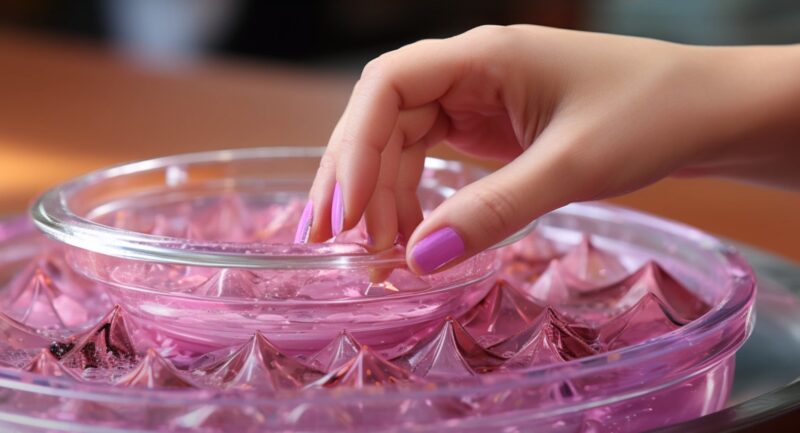
As with all fashion and beauty trends, solar nail designs continually evolve. From the classic French manicure look that solar nails are known for, nail technicians and wearers alike experiment with colors, patterns, and textures.
Glitters, decals, and airbrushing add a personal touch and uniqueness to each set of nails. The industry sees ongoing innovations in materials and techniques, improving the wearability, appearance, and health considerations of solar nails.
Choosing the Right Technician and Salon
The outcome of solar nail application significantly depends on the skill and expertise of the nail technician. Choosing the right technician and salon is crucial. Look for licensed professionals with good reviews and a portfolio of their work.
A clean, hygienic salon that follows proper sanitation protocols is essential to prevent infections or complications. Don’t hesitate to ask about the products used and the technician’s experience with solar nails specifically.
Cost Considerations
While solar nails are cost-effective in the long run due to their durability and reduced need for fills, the initial application might be more expensive than other nail options. Prices can vary widely depending on the salon’s location, the technician’s expertise, and the desired design complexity.
It’s also important to factor in the ongoing cost of regular maintenance and potential repairs. When considering solar nails, ensure that the long-term commitment fits into your beauty budget and lifestyle.
DIY Solar Nails: Pros and Cons
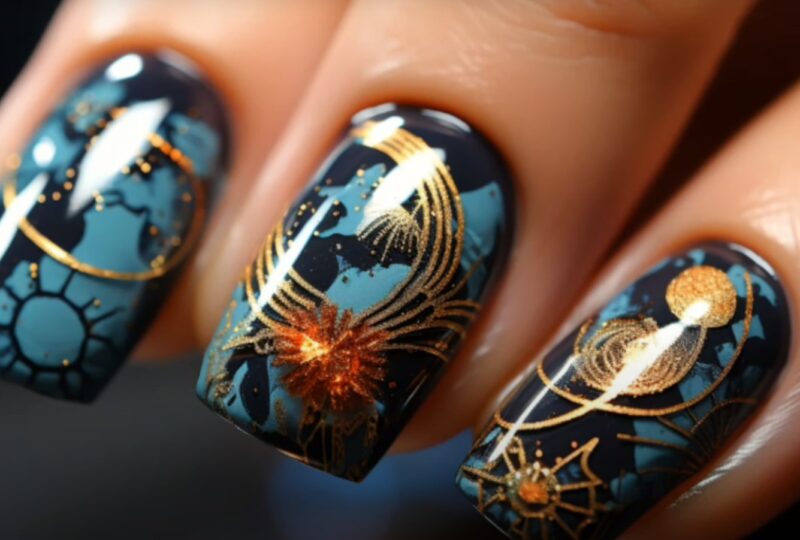
The rising trend in DIY beauty treatments has reached nail care, with some individuals attempting to apply solar nails at home. While this might seem like a cost-effective approach, it’s important to weigh the pros and cons.
On the plus side, it can reduce initial costs and allow for personal creativity. However, the cons include the risk of improper application, potential for damage to the natural nails, and health risks from misusing chemicals. For best results, professional application and removal are recommended.
FAQs
Can solar nails be applied on short nails?
Yes, solar nails can be applied to short nails. The acrylic can be sculpted to extend the nail’s length or enhance its shape, making them a versatile option for various nail lengths and types.
How do solar nails react to prolonged water exposure?
Prolonged water exposure can potentially weaken the bond between the acrylic and the natural nail, leading to lifting or damage. It’s recommended to wear gloves when doing tasks involving prolonged water or chemical exposure and to keep the nails as dry as possible.
Are there hypoallergenic options for those sensitive to acrylics?
Some brands offer hypoallergenic acrylic systems that might be suitable for individuals with sensitivities. It’s important to discuss any allergies or sensitivities with your nail technician so they can select the most appropriate products for your needs.
Can solar nails be easily modified or repaired at home?
Minor repairs might be manageable at home with the right tools and knowledge, but significant modifications or repairs should be handled by a professional to avoid damaging the natural nail or the integrity of the acrylic.
How often should solar nails be rested between applications?
It’s generally recommended to give your natural nails a break for a week or two between applications to allow them to breathe and recover. However, individual needs may vary, so consult with a professional for personalized advice.
Do solar nails change color or fade over time?
Solar nails are known for their color stability and resistance to yellowing. However, like all colored products, they may eventually fade or change color due to prolonged exposure to sunlight, chemicals, or pigmented substances. Regular maintenance can help preserve their color and finish.
Final Thoughts
Solar nails represent a commitment to both beauty and nail health, offering a durable, glossy, and sophisticated option for those seeking a long-lasting manicure. As with any beauty treatment, informed decisions and proper care are key. Ensure you understand the process, maintenance requirements, and health considerations. Choose reputable technicians and salons, and consider the environmental impact and personal health implications of the materials used.
